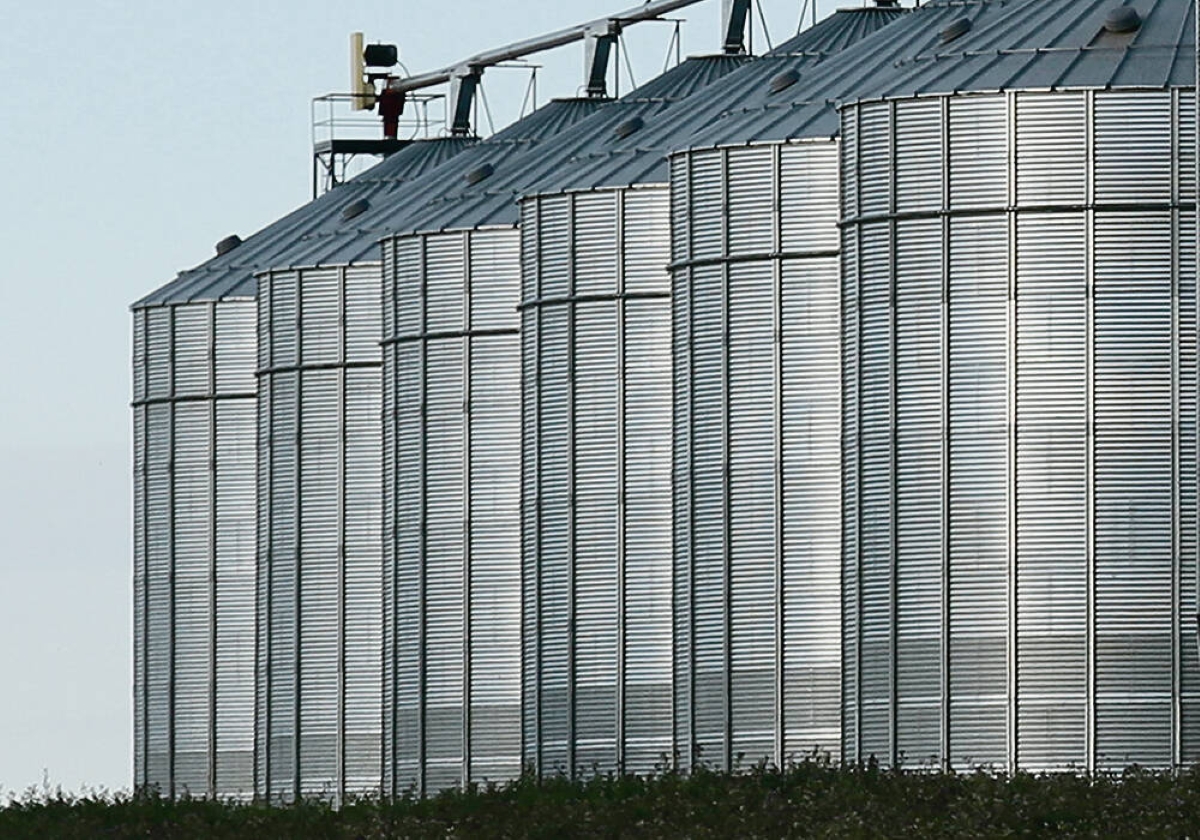WINNIPEG — Although dry conditions are stressing malt barley crops across much of the western Prairies, timely rains and existing subsoil moisture have enabled them to limp along for now.
“We’ve had enough showers everywhere to keep the crop ticking along, but ticking along is about all it’s doing,” said Rod Green of Central Ag Marketing in Airdrie, Alta.
Protein levels in malt barley can be affected if moisture levels are depleted for too long, but Green believes there is enough time left to improve the quality of the crop.
Read Also

Grain trader Bunge lowers 2025 profit forecast after closing Viterra deal
U.S. grain trader and processor Bunge on Wednesday lowered its 2025 earnings forecast following its merger with Viterra, and said it is overhauling segment and volume reporting to align with its integrated operations.
“As long as we keep getting showers we’ll be OK, but protein is going to be a concern for the malting companies if it continues in this sort of weather pattern,” he added.
The acreage for this year’s barley crop in Canada has been pegged at 6.5 million acres, by Statistics Canada. That is moderately higher than last year’s crop of 5.9 million acres.
Europe is still the largest producing region of malt barley in the world with Australia and Canada following in its footprint.
Green says there doesn’t seem to a shortage of malt right now.
“Certainly everything’s quiet right now in the malting industry. The maltsters are well covered into the current crop year (ends in July) and they’ve got pretty well all the acres they need right now signed up for the new crop,” he explained, adding companies will likely start hunting for new supplies if the crop is drought-reduced.
According to the Prairie Ag Hotwire, malt barley’s spot price was $4.75 to $5.25 per bushel.
“The market’s very quiet right now as far as any pricing going on,” said Green.
The next month will be key though, Green said, as maltsters gauge whether protein levels will be sufficient in the new crop to achieve malting standards.
“Thank goodness we’ve got good subsoil and that’s basically what the crop is surviving on right now. The crop is very well rooted,” he said.
















